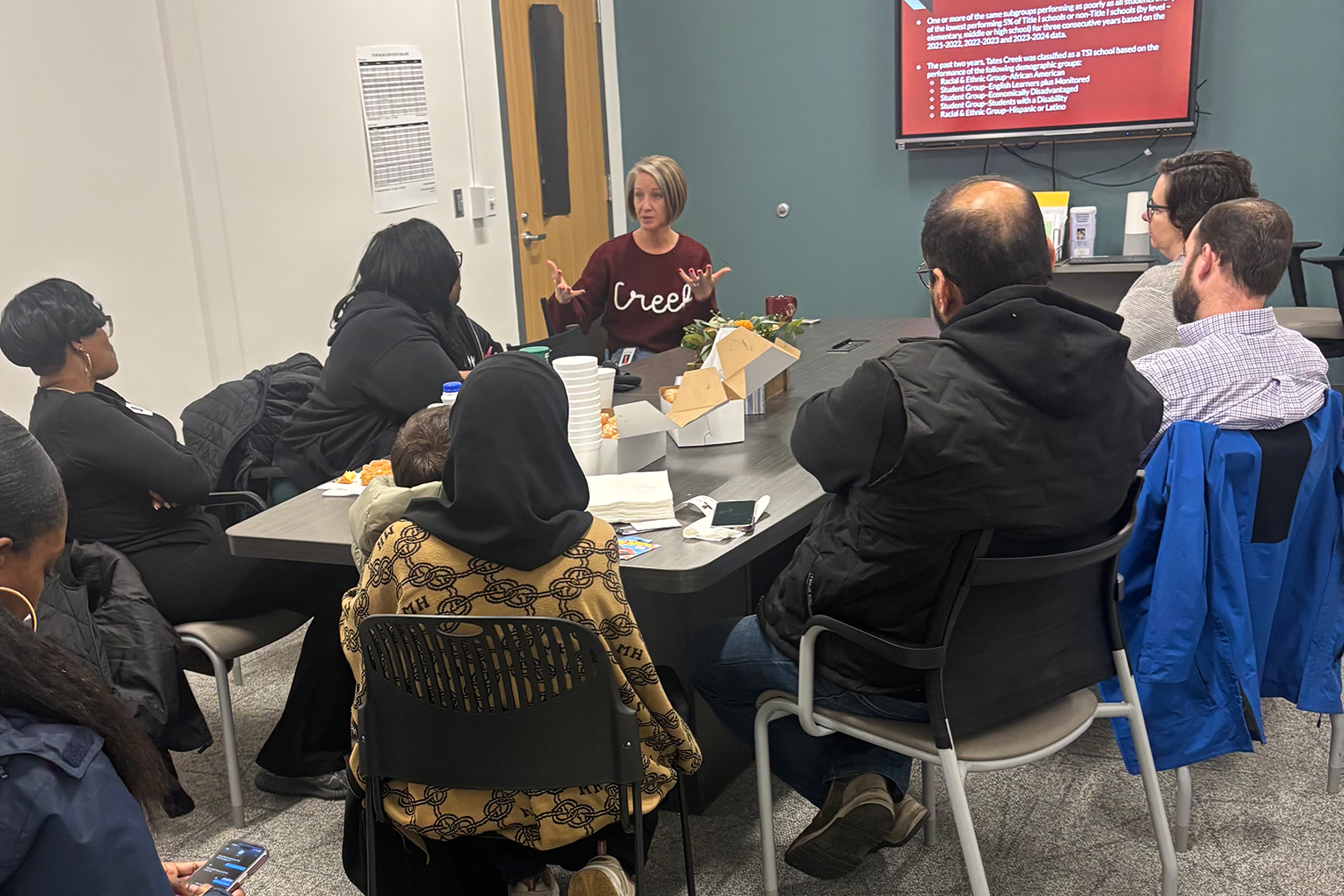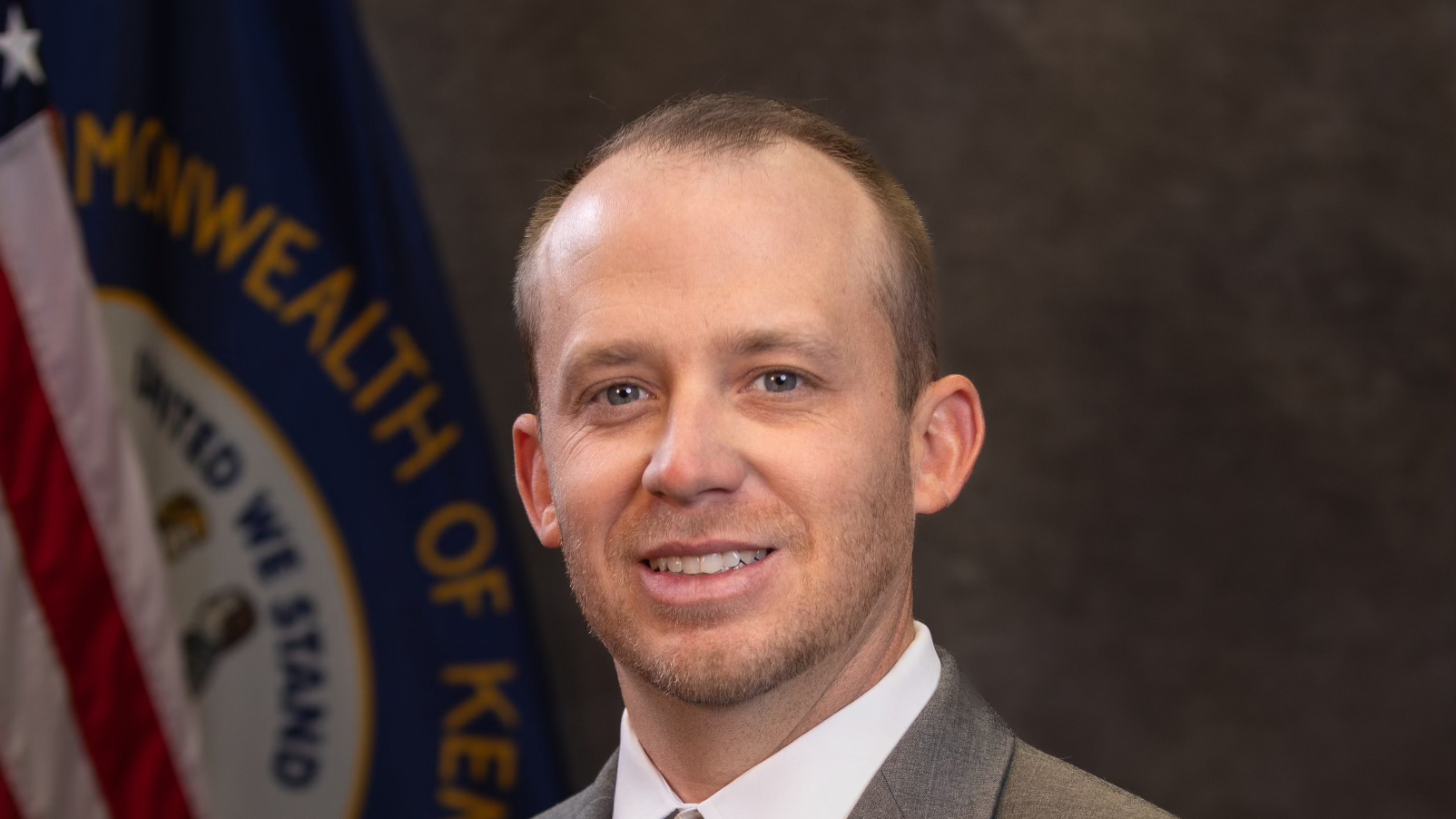Let me tell you my story.
I was born in Seoul, Korea, into extreme poverty. I was put in an orphanage and was adopted at age seven by an American family. I felt out of place. I went to school and, because I did not speak English, I was put in a classroom with students with special needs. I felt out of place. For most of my education I went to school with no one who looked like me. I felt out of place. I attended six different schools before 7th– grade and lived in lived in six different cities as well. With each move I felt out of place. There are many times in my life I really felt like there was nowhere for me to belong.
At the same time, my childhood experiences shaped my beliefs about the world around me and they affected my attitude and beliefs toward others – sometimes negatively. As an adult I reflect back on my experiences and think about how my perceptions have changed; this is a process that does not have a finish line. In 1996, while working in the inner city of Louisville, I first realized the racism, prejudices, and misconceptions I had. That was the beginning of a transformation that is still on going.
When I think about what I can do to promote equitable outcomes for all my students in my classroom, I first think about cultural proficiency. Cultural proficiency is not synonymous with diversity or cultural sensitivity training. Those trainings focus on understanding of the differences but do not address the issues of how to work toward building a culturally proficient classroom. The Cultural Proficiency Institute describes cultural proficiency as “esteeming and learning from differences as a lifelong practice. Recognizing that both the differences and similarities between cultures are important and learning from both.” Culture is a very broad term that describes a set of values, beliefs, and practices. It is about who belongs and who doesn’t. Cultural grouping can be by economics, ethnicity, corporate, regional and more. If I teach to fit the culture of only one group then I have not valued the learners who do not fit. Cultural proficiency is about advocating for all students, but the work of having a culturally proficient classroom begins with one’s self.
Malcolm Gladwell’s book, David and Goliath, very clearly reminds me that I should never count the odd man out. In my classroom, I should never have lower standards for any marginalized groups. I need to believe that ALL kids can learn. I admit that there are times I catch myself inadvertently lowering the standards for a student with an IEP or say things like “those students” or excusing a behavior because of what they may have gone through or where they live. When I catch myself in positions like these I ask myself what is my belief about the “group” I just put them in? It is an intentional process. I can’t say I have a culturally proficient classroom, but I am choosing to head in that direction.
I think about how I feel when I do not belong and think about my students. I want a learning community where my students feel like they belong in my classroom and the first step to doing that is building rapport with them and being open minded to learn from them. Of course this is harder than it sounds.
I challenge my fellow educators to think about a time when they did not fit in or belong. We all have them. Think about students who don’t fit in your classroom. Having a culturally proficient classroom means considering learning styles, race, ethnicity, socioeconomic status and many other factors. Being culturally proficient is a lifelong process that begins with you, the teacher. There must be an awareness of the barriers and a willingness to be the type of learners we want our students to be. This is just the starting place.
Melanie Trowel is the 2014 Middle School Teacher of the Year. She teaches science at the Carter G. Woodson Academy in Fayette County, and will write occasional columns for Kentucky Teacher during her year-long reign.





Leave A Comment